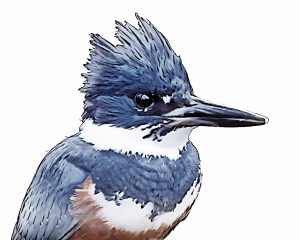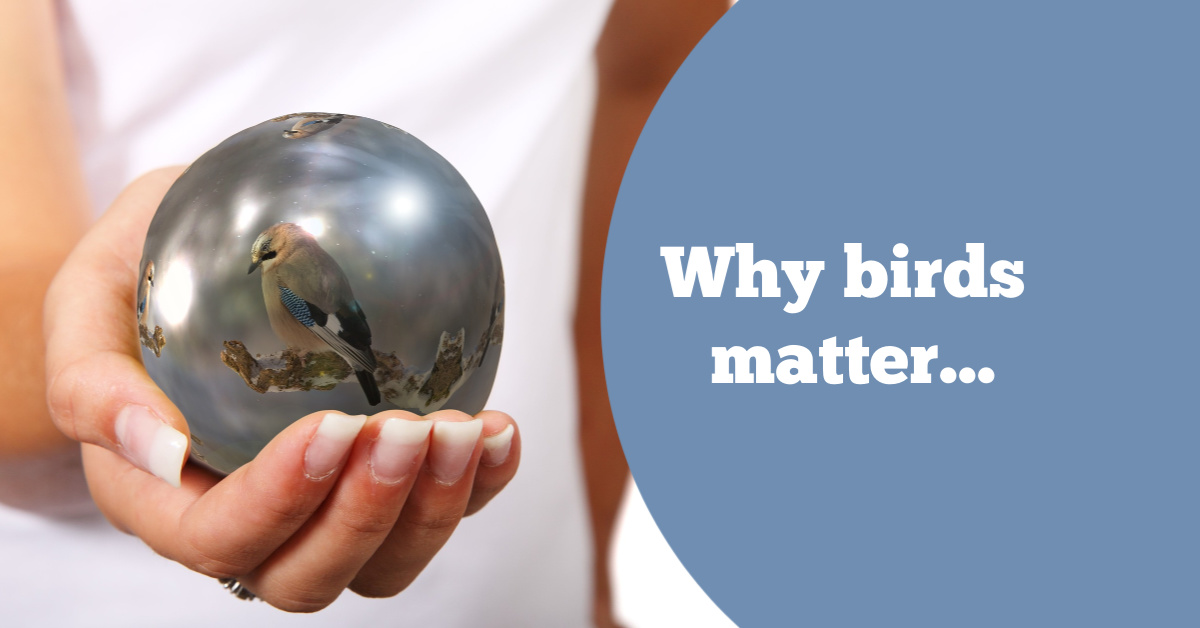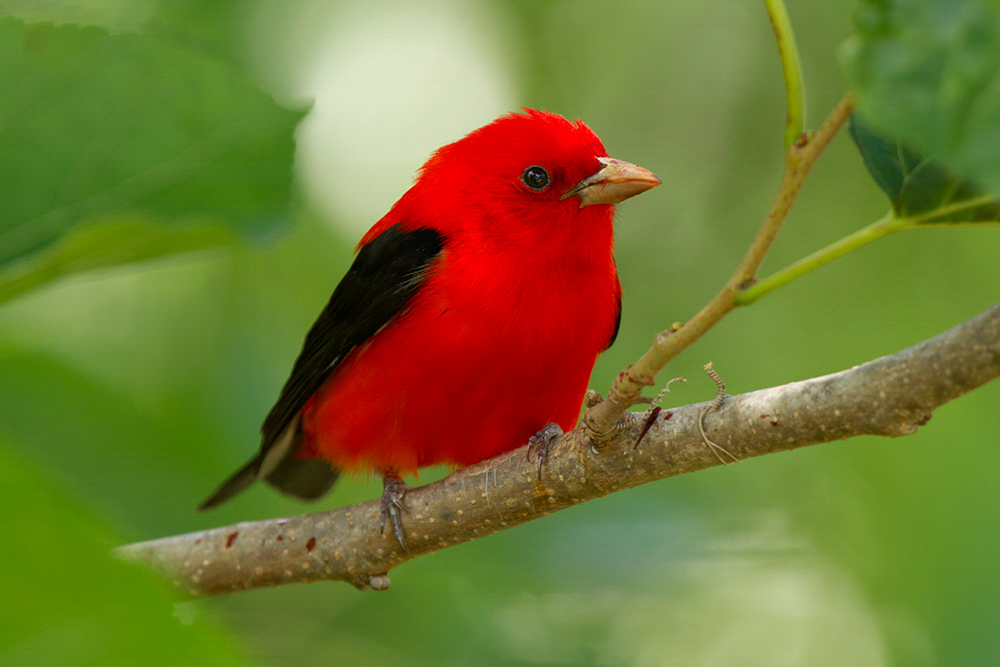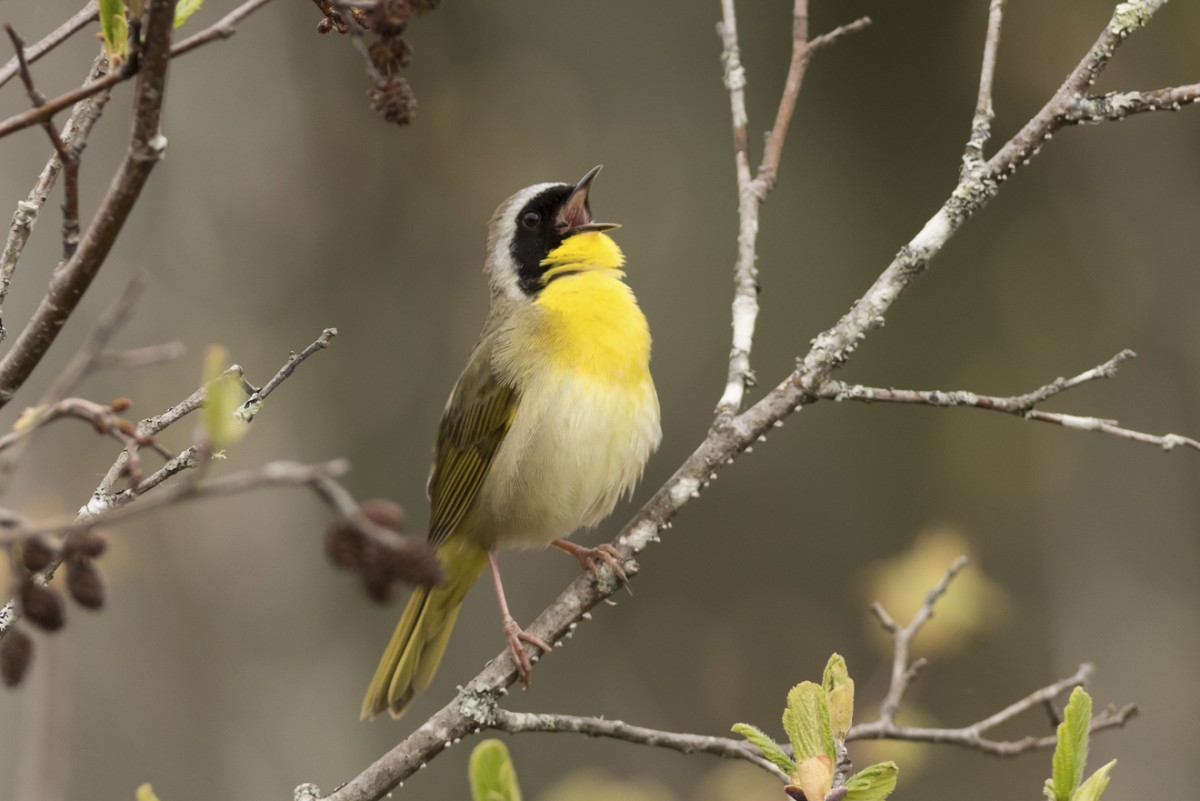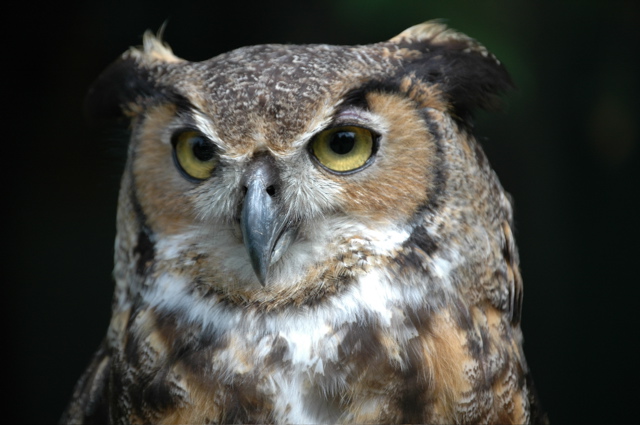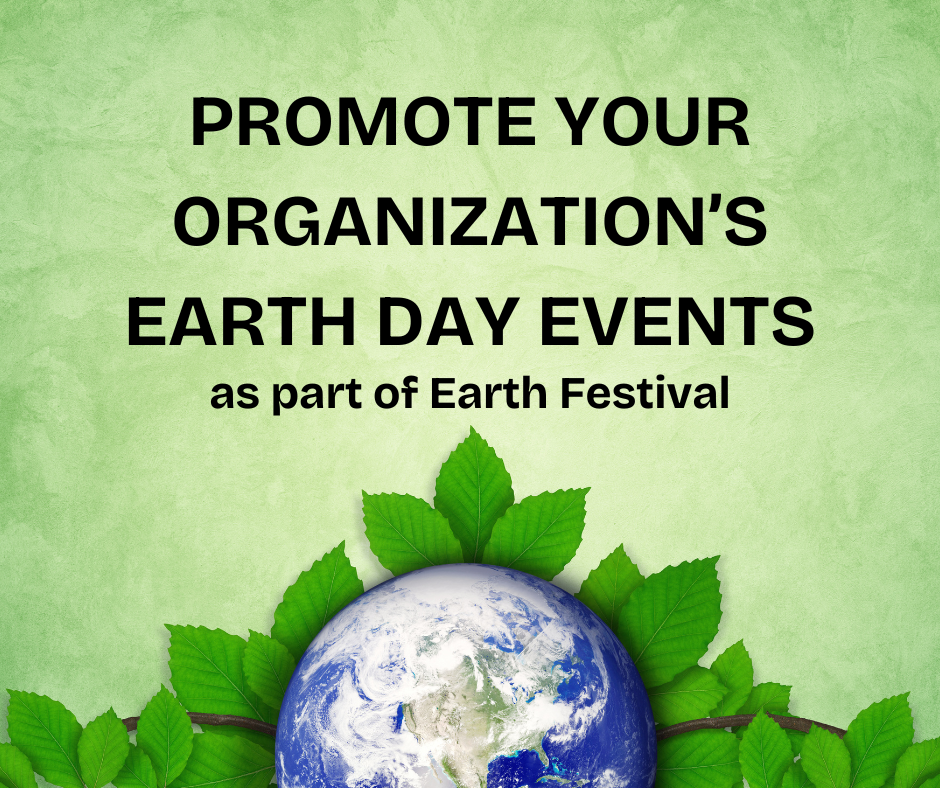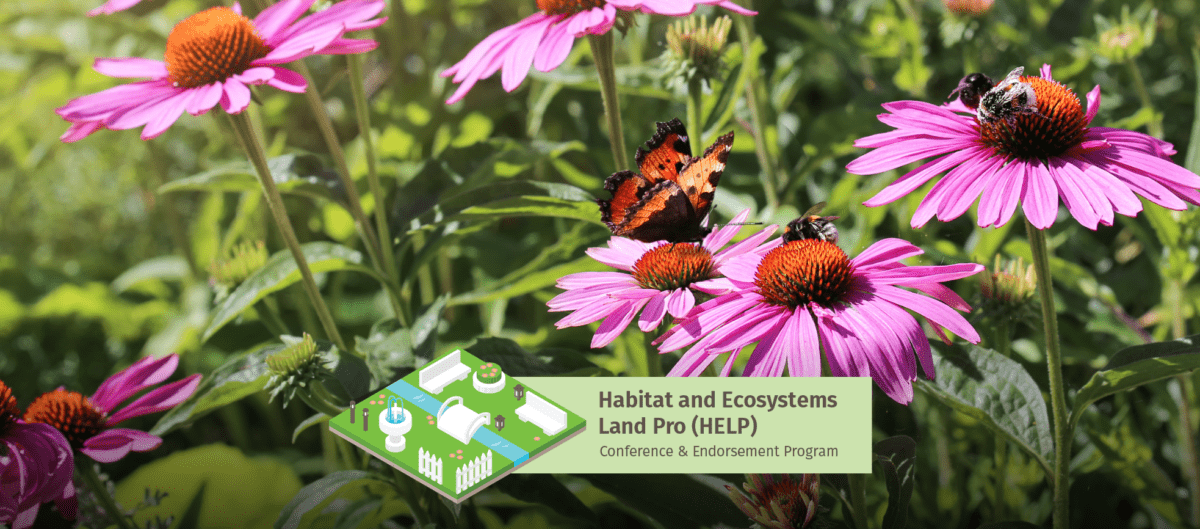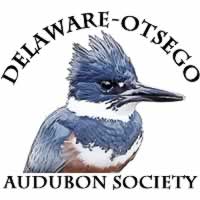Thanks in large part to a matching grant from the American Eagle Foundation, the Delaware-Otsego Audubon Society is launching a public education campaign designed to reduce poisoning of bald eagles by lead bullet residues and to increase hunter acceptance of alternatives to lead ammunition. Work associated with the $20,000.00 project began in earnest in January and includes newly-designed tabletop displays, a media campaign, public outreach, and focus groups to guide the process.
DOAS is collaborating with multiple partners on its Northern Appalachian Bald Eagle Project. A short film by videographer Joe Stillman, La Paloma Films, is currently under production, and the students of ONC Graphics at Otsego Northern Catskill BOCES in Grand Gorge are putting the finishing touches on full-color display panels. Otsego County Conservation Association serves as administrator of the grant. The project Steering Committee is led by DOAS Director Thomas Salo and includes DOAS Co-President Becky Gretton, DOAS volunteers Michael DiBenedetto and Kevin Hodne, and OCCA Executive Director Darla Youngs.
According to DOAS, many bald eagles and other large scavenging birds are poisoned by the remnants of lead bullets in deer carcasses and gut piles. The 2014 deer harvest in Delaware and Otsego counties was 13,750, approximately 11,000 of which were killed with firearms. Statewide, about 200,000 deer are killed with firearms each fall. Roughly five percent of all firearm season deer hunters use non-toxic ammunition – the rest use lead. Jacketed lead bullets can fragment into hundreds of pieces upon impact and move as far as 14 inches from the point of entry.
In 2012, the New York State Department of Environmental Conservation reported: “Bald eagles have recovered in New York and their population continues to grow. However, since 2010, DEC examined 14 eagles that died of lead poisoning after eating lead ammo fragments. Hunters who choose to switch to the new high tech bullets will know that they are not contributing to the potential death of our national bird.”
Tom Salo – who has used eagle-safe monolithic bullets for more than 10 years – said, “They perform better than lead, they are safe for scavengers and you don’t need to worry about lead in your venison.”
As a result of this public education campaign DOAS hopes hunters will voluntarily transition away from lead bullets which, when they shatter, end up in game meat and are also a human health risk, to children and pregnant women in particular. The non-lead bullets endorsed by DOAS stay in one piece after impact and leave a clean path with no fragments.
The Delaware-Otsego Audubon Society Inc. has been a Chapter of the National Audubon Society since 1977. Their mission is to educate, improve environmental quality, protect and maintain ecological systems, and wisely utilize and conserve natural resources.
The American Eagle Foundation is a not-for-profit organization of concerned citizens and professionals founded in 1985 to develop and conduct bald eagle and environmental recovery programs in the United States and to assist private, state, and federal projects that do the same. AEF’s goal is to fully restore the bald eagle, the U.S.A.’s National Symbol, to America’s lands and skies and to ensure their future care and protection.

